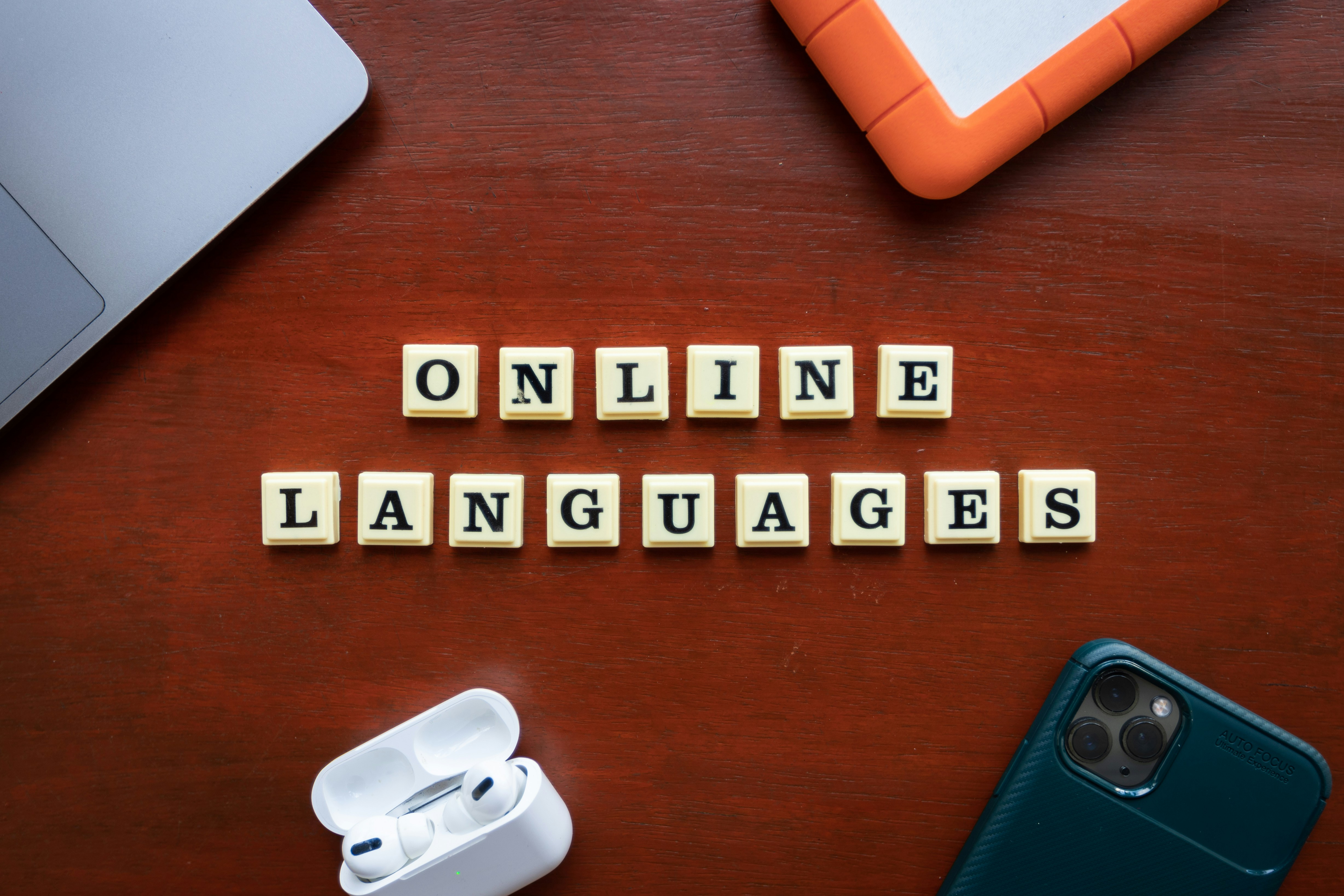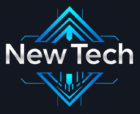
Understanding Duolingo’s AI-First Strategy
Duolingo, a prominent player in the language learning sector, has embarked on an ambitious AI-first strategy under the guidance of its CEO, Luis von Ahn. This shift towards prioritizing artificial intelligence is driven by a recognition of the transformative potential that AI technologies hold. The primary motivation behind this strategic pivot is to enhance the learning experience for users, making language acquisition more effective and engaging. With AI at the forefront, Duolingo aims to tailor lessons to the individual needs of learners, adapting to their unique pace and learning styles.
Incorporating AI tools allows Duolingo to utilize advanced analytics in assessing user performance, enabling the platform to offer personalized feedback and recommendations. This personalized approach not only fosters greater user retention but also increases the likelihood of success in mastering new languages. According to von Ahn, one of the most significant benefits of this strategy is the ability to create a more immersive and interactive learning environment. Features powered by AI, such as real-time speech recognition and adaptive learning paths, are designed to motivate learners, making language practice feel less like a chore and more like an enjoyable activity.
Furthermore, Duolingo’s AI-first strategy reflects a commitment to innovation and growth in a rapidly evolving digital landscape. The integration of artificial intelligence aligns with the company’s overarching goal of making education accessible and engaging for everyone. As Duolingo progresses with this strategy, insights from von Ahn suggest that the company envisions a future where AI-powered tools will significantly democratize language education. By anticipating the needs of users and employing AI to meet those demands, Duolingo is positioned to maintain its status as a leader in language learning solutions.
The Impact of AI on Language Learning
The integration of artificial intelligence (AI) into language education has brought forth significant advancements that enhance learning experiences. One of the primary benefits of employing AI in language learning is its ability to personalize educational content to meet individual user needs. Unlike traditional methods, which often follow a one-size-fits-all approach, AI-tailored platforms can analyze user progress, preferences, and learning speeds. This enables them to propose exercises and materials that target specific areas for improvement, making the study of languages by app users more effective and engaging.
Moreover, AI facilitates 24/7 accessibility, allowing learners to practice at any time that suits their schedules. This constant availability is particularly beneficial for busy individuals who may find conventional classroom settings insufficient due to time constraints. Utilizing AI-driven applications like Duolingo means that learners can engage in immersive language practice whenever they wish, bridging gaps in their learning and reinforcing acquired knowledge continuously.
Duolingo has implemented several AI-powered features to enhance user engagement and learning outcomes. For instance, its adaptive learning algorithms adjust the difficulty and nature of tasks according to user progress, ensuring that learners are continually challenged without feeling overwhelmed. Interactive chatbots offer conversational practice, allowing users to improve their language skills in a simulated real-world context. Feedback from users demonstrates the effectiveness of these innovations; many have reported higher motivation levels, greater retention of vocabulary, and increased confidence in their language abilities.
These advancements illustrate how adopting AI in language education not only meets the diverse needs of learners but also transforms the way languages are taught and acquired. As educational technology continues to evolve, the implications of AI in language learning will likely grow, presenting new opportunities for individuals seeking to acquire new linguistic skills.
Addressing the Backlash: Challenges and Criticisms
In recent months, Duolingo has faced substantial backlash following its announcement to adopt an AI-first strategy in its language learning platform. Critics, including educators and users from the broader community, have raised various concerns about the implications of over-relying on technology for educational purposes. One significant criticism revolves around the potential risks associated with substituting traditional teaching methods for artificial intelligence-driven solutions. Many educators have expressed fear that an overemphasis on AI could lead to a decline in fundamental language skills that are typically fostered through human interaction and pedagogical approaches.
Another critical area of apprehension pertains to data privacy. As the integration of AI necessitates access to vast amounts of user data, stakeholders worry about how this information is collected, stored, and utilized. Concerns regarding data breaches and the misuse of personal information have intensified among users wary of AI systems. There is a palpable anxiety that as the demand for AI capabilities increases, the protections surrounding user data may not keep pace, thereby endangering personal privacy.
Moreover, the shift towards an AI-centric model generates fears of diminishing human interaction in educational settings. Critics argue that language learning, inherently a social activity, benefits significantly from interpersonal communication, cultural nuance, and emotional understanding—elements that AI may struggle to replicate. In light of this feedback, the CEO of Duolingo has acknowledged these challenges and criticisms. In response, he revealed the company’s commitment to ensuring that technology complements rather than replaces human engagement in the learning process, aiming to strike a balance that fosters a richer educational experience while still leveraging the innovation and efficiency of AI.
The Future of Duolingo and AI in Education
The landscape of education is rapidly evolving, and the integration of artificial intelligence (AI) is poised to play a pivotal role in reshaping how language learning is approached. Duolingo, as a leading platform in language acquisition, is focusing on incorporating AI-driven technologies to enhance user experiences and learning outcomes. As the educational sector increasingly embraces personalized learning approaches, AI will enable tailored instruction that adapitates to the individual needs of users. This highlights the potential for advanced analytics to identify areas where learners struggle and provide targeted assistance.
Duolingo envisions a future where AI not only personalizes learning paths but also facilitates real-world conversation practice through innovative features. Upcoming initiatives may include enhanced speech recognition capabilities that allow learners to engage in dynamic dialogues with AI-driven avatars, thus simulating authentic conversational contexts. Furthermore, the company is exploring the development of immersive learning environments powered by virtual reality (VR) and augmented reality (AR). These technologies could provide users with unique opportunities to practice their language skills in culturally rich, interactive settings, thereby enriching the overall learning experience.
However, the incorporation of AI in education necessitates a commitment to ethical practices and user trust. Duolingo aims to maintain transparency regarding data usage and AI applications, ensuring users feel secure as they engage with the platform. The long-term vision for Duolingo emphasizes not only the enhancement of language learning through technological advancements but also a responsible implementation of AI that prioritizes efficacy and user satisfaction. As Duolingo continues to innovate, its roadmap reflects a dedication to harnessing AI in a manner that enriches the educational landscape while fostering a loyal user base.

